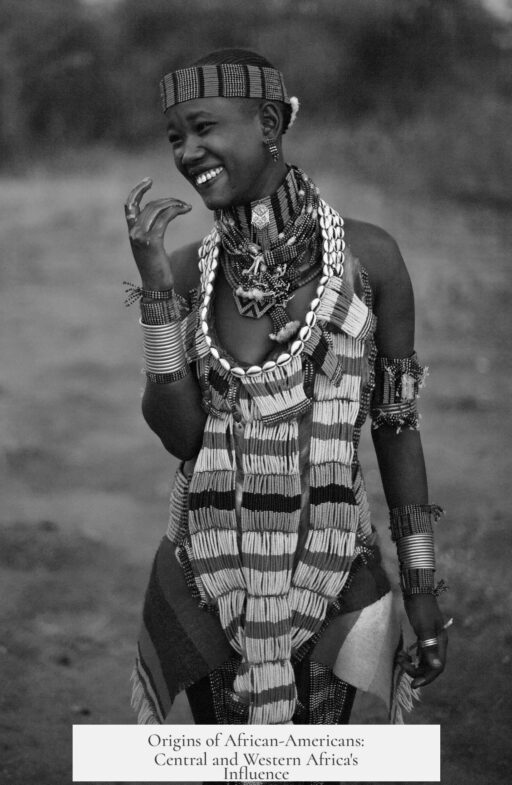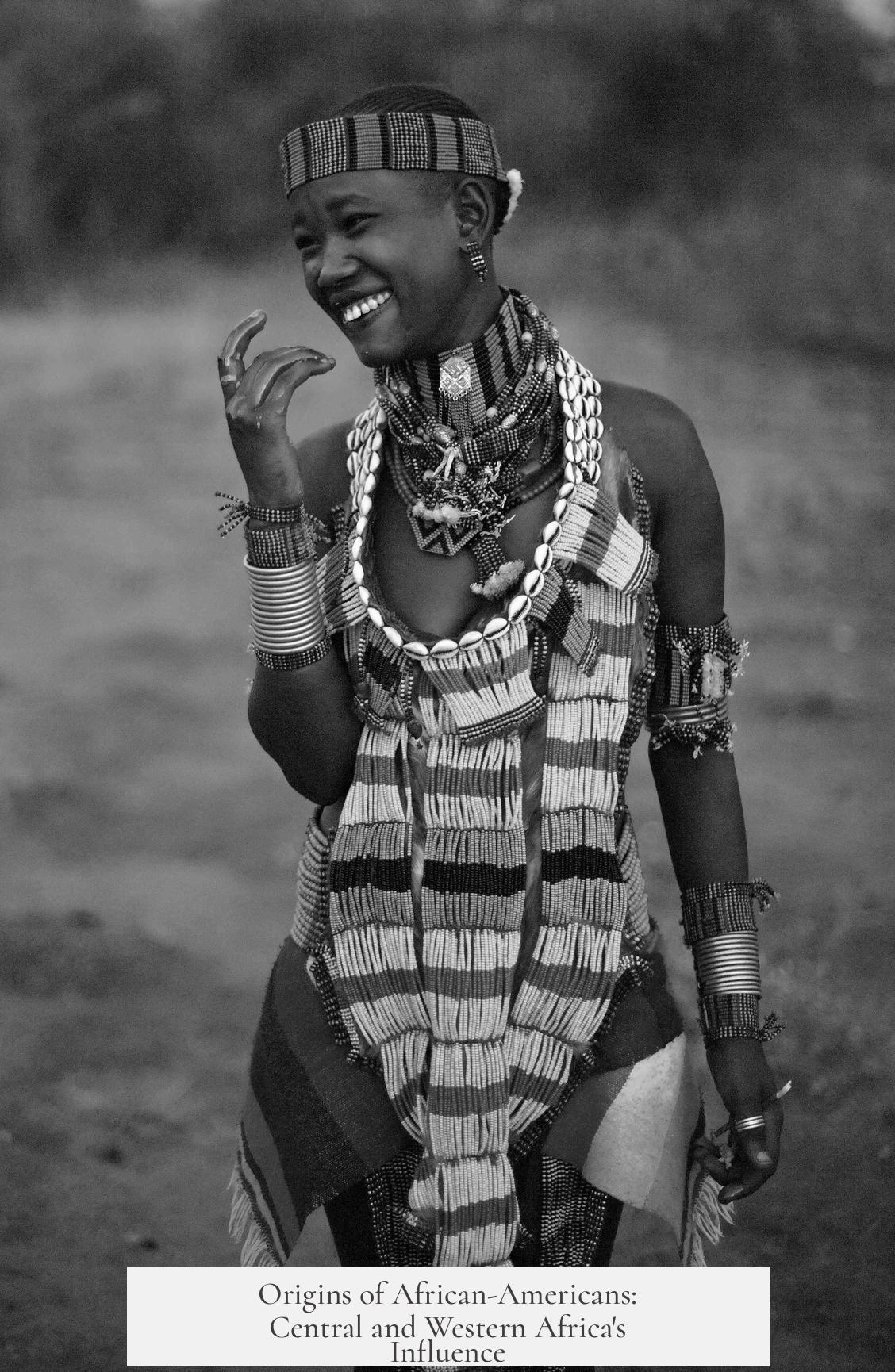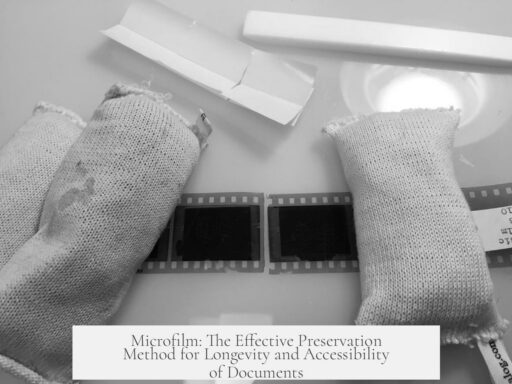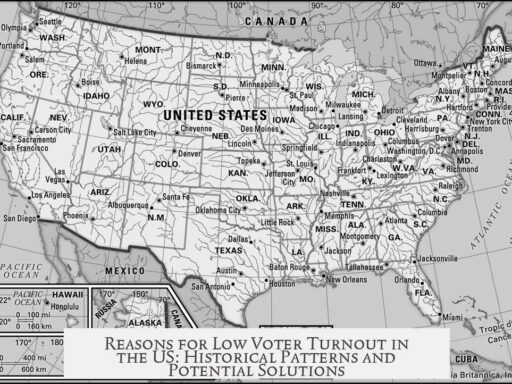African-Americans who descend from enslaved Africans primarily originate from central and western Africa. Genetic tracing shows around 50% of these ancestors came from six key regions: Congo-Angola, Nigeria, Dahomey, Togo, the Gold Coast, and Sierra Leone. These areas represent the main sources of the enslaved Africans brought to North America.
Research by historians like Robert F. Thompson, who worked from Phillip Curtin’s data, estimates that about 30% of enslaved Africans in North America came specifically from the Congo-Angola region. This reflects a high concentration, but precise numbers remain challenging because of incomplete records and shifting geography during the transatlantic slave trade.
The slave trade spanned centuries and involved many nations. African populations supplying slaves were diverse and scattered, and the coastal points where slaves were captured varied over time. This complexity makes it hard to pinpoint exact origins. Traders often recorded vague or incorrect information, and many historical regions have changed names or boundaries since then.
- Slave-trading zones along East Africa and West Africa saw different levels of involvement over time.
- Internal African conflicts and political dynamics led to the capture and sale of Africans by other Africans.
- Historical borders were fluid; people might belong to different states within brief periods.
Not all slaves came from western and central Africa. Some were taken from distant regions like Mozambique and Madagascar. Moreover, many enslaved peoples’ origins remain unclear due to the lack of reliable documentation and the blending of ethnic groups.
Despite difficulties identifying all origins, some African-American descendants trace specific lineages. For example, descendants of the Mende people of Sierra Leone have established clear connections through historical events like the Amistad case. The cultural survival of African songs among communities like the Gullah in the southern U.S. also provides living evidence of African roots.
Several academic works provide valuable insights on this topic:
- Phillip Curtin’s The Atlantic Slave Trade (1969) explores trade patterns.
- Robert F. Thompson’s The Four Moments of the Sun (1981) discusses timing and regional sources.
- Melville J. Herskovits analyzed origins in the 1930s, focusing on cultural and anthropological aspects.
- W. Robert Higgins studied regional origins in colonial areas, especially South Carolina.
- Sylvia R. Frey and Betty Wood highlighted the survival of African religions and cultures in the Americas.
Key challenges include the long duration of the slave trade and unreliable slave trader records. Boundary changes and fluid identities complicate genomic tracing. African anthropological regions during the trade differ from current political borders, adding confusion.
Summary of origins:
| Region | Approximate Proportion | Notes |
|---|---|---|
| Congo-Angola | ~30% | Highest single-region estimate |
| Nigeria, Dahomey, Togo | Combined significant portion | Major West African sources |
| Gold Coast, Sierra Leone | Part of 50% collective | Includes groups like the Mende |
| Mozambique, Madagascar | Minor known contribution | Captured slaves from East and Southeast Africa |
The understanding of African-American ancestral origins remains an ongoing process. Advances in genetic research and historical scholarship continue to improve clarity but full precision is elusive. The transatlantic slave trade’s complexity and record loss make exact mapping impossible at present.
- Most African-American ancestors originated from central and western Africa.
- Over half likely came from six specific regions: Congo-Angola, Nigeria, Dahomey, Togo, Gold Coast, and Sierra Leone.
- Some came from East African areas like Mozambique and Madagascar.
- Slave-trade complexity and poor records complicate precise origin tracing.
- Specific groups like the Mende of Sierra Leone have traceable lineages.
- Cultural survivals confirm African roots among African-American communities.
Which Part of Africa Do African-Americans Come From?
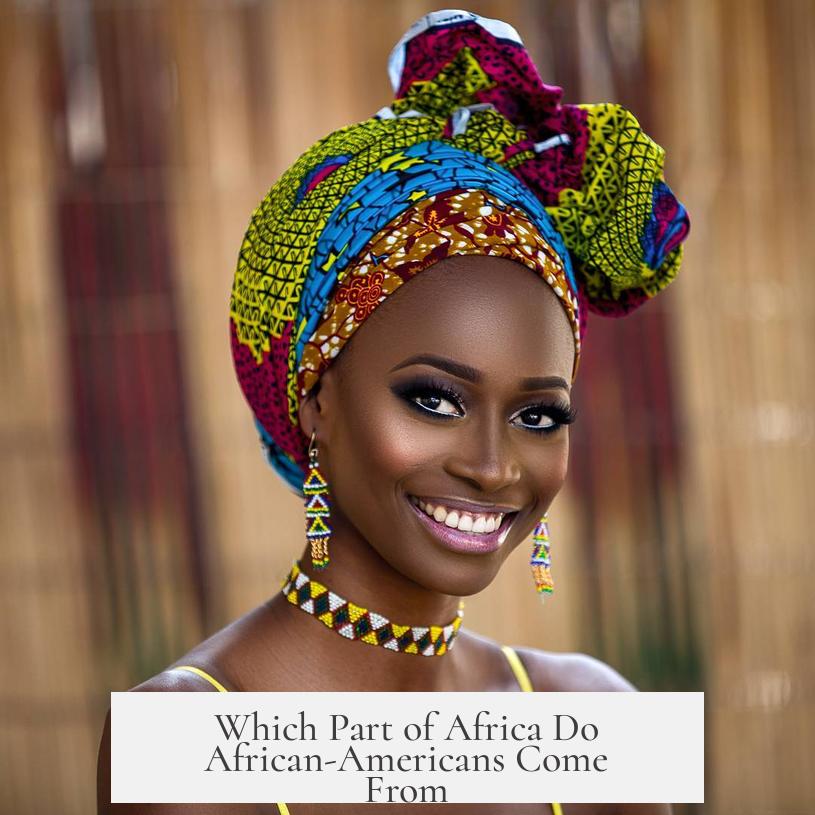
The answer: most African-Americans descend from people originally living in central and western Africa — especially regions like Congo-Angola, Nigeria, Dahomey, Togo, the Gold Coast (modern-day Ghana), and Sierra Leone. About half of the ancestors of slaves brought to North America can be genetically traced to these six areas. This fact sheds light on a deeply complex and long history, one riddled with challenges in tracing precise origins.
Let’s dive deeper into this fascinating and important topic, exploring the roots of African-American heritage through the tangled history of the Atlantic slave trade.
Central and Western Africa: The Core Origins
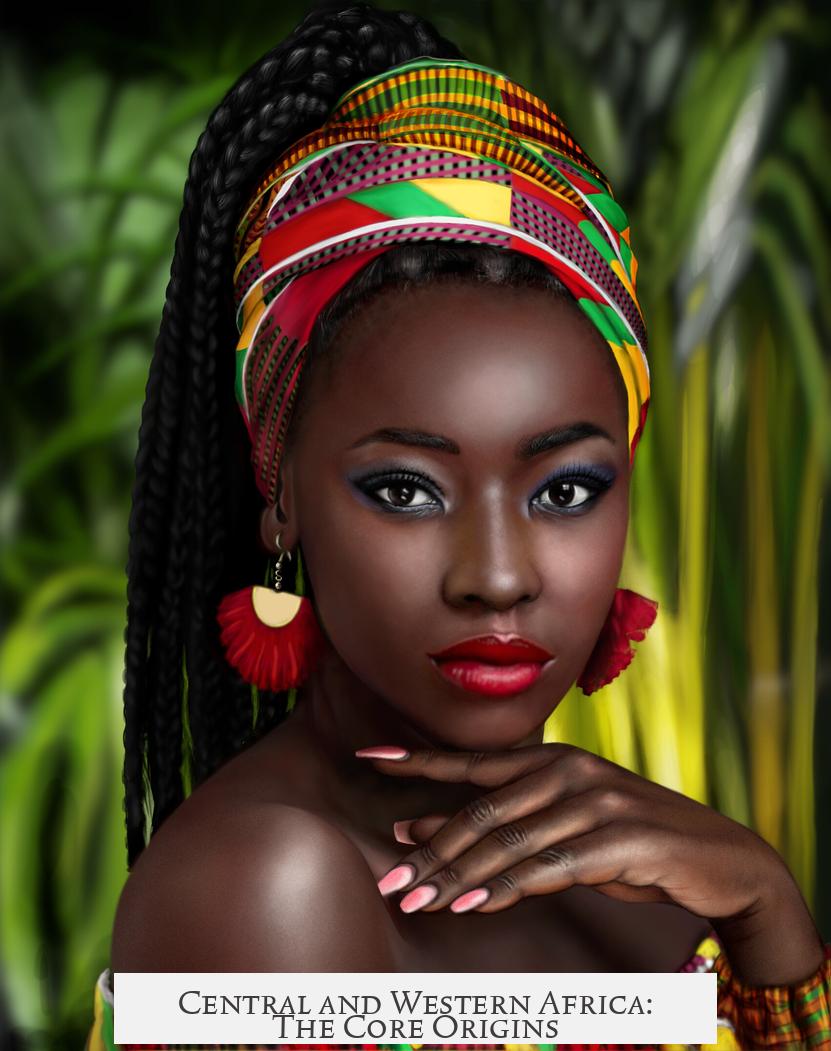
Did you know? Roughly 50% of African-Americans whose ancestors were enslaved can be traced back to just six main regions in Africa. These are
- Congo-Angola
- Nigeria
- Dahomey (now part of Benin)
- Togo
- Gold Coast (Ghana)
- Sierra Leone
Robert F. Thompson, referencing scholar Phillip Curtin’s work, noted that 30% of Africans brought to North America came from Congo-Angola alone. That’s nearly one-third from a single region! This makes it a major origin point in the African diaspora story.
These regions were hubs of vibrant cultures and complex societies before the forced migrations began. It’s worth remembering that the monumental diversity within Africa itself means these ancestors came from many distinct languages, traditions, and histories.
The Wildcard: Other Parts of Africa
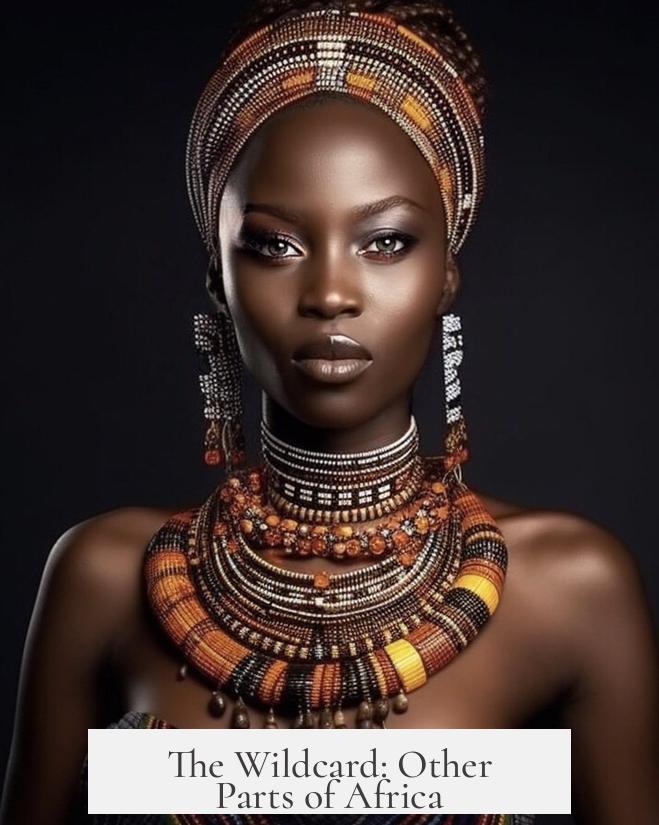
While central and western Africa are the main contributors, some enslaved Africans were taken from much farther afield — places such as Mozambique and Madagascar. However, their exact numbers and precise origins are less clear.
The long, brutal trade spanned centuries. During this time, record-keeping was spotty at best. Slave traders weren’t exactly meticulous about noting where slaves came from, often just counting the number and “shipping costs.” Add shifting political borders and renamed territories in Africa, and you get a historian’s nightmare trying to pinpoint origins.
In fact, many African-Americans today cannot specifically trace their roots back to one place because of this incomplete information. The history is complicated and sometimes fragmented.
Why Is It So Hard to Trace Exact Origins?

Here’s the reality: African borders and nations were not the neat slices on a map we see today. Back then, territories often overlapped, alliances shifted, and populations moved regularly.
The Atlantic slave trade lasted hundreds of years, involving multiple nations and many African groups who captured and sold other Africans. Intracommunity conflicts and external pressures made the whole network awfully complex.
This means the idea of “coming from one place” is trickier than it sounds. What was “Dahomey” in the 1700s might not exist in exactly the same form today. The slavers’ lack of accurate details and the messy geography of the time muddy the waters.
Anthropologists remind us: the Africa of the slave trade era isn’t quite the Africa we know now. Cultures shifted, boundaries moved, and people adapted, making tracing lineages a challenge.
Traceable Stories: The Mende People of Sierra Leone
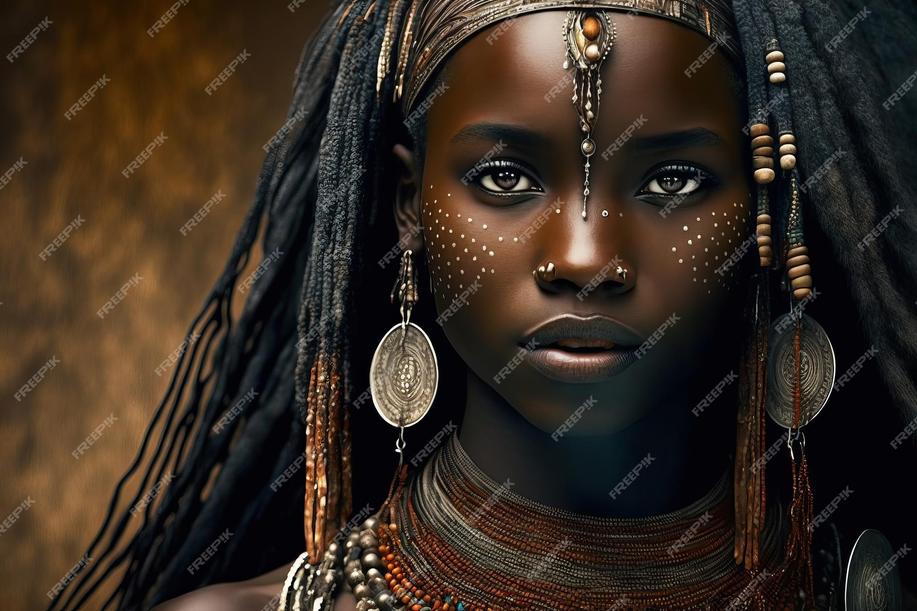
Yet, some African-Americans have been able to trace distinct roots. A great example is the Mende people from Sierra Leone. This group is known thanks to the famous Amistad case, where enslaved Mende people mutinied aboard a Spanish ship. Their story is well-documented and has helped descendants connect back to Sierra Leone.
Culture also survives in unexpected ways. Take the Gullah community in the southern United States. A documentary highlights a Gullah woman who remembers a song her grandparents sang—still sung by the Mende people today. These cultural echoes provide priceless clues about origins and heritage.
A Wealth of Research and Scholarship
The study of African origins for African-Americans has been enriched by a number of important works:
- Phillip Curtin’s The Atlantic Slave Trade (1969) — a foundational text on the subject.
- Robert F. Thompson’s The Four Moments of the Sun (1981) — exploring African people in the Americas.
- Melville J. Herskovits’s 1933 article On the Provenience of New World Negroes.
- W. Robert Higgins’s 1971 study on the geographical origins of slaves in South Carolina.
- Sylvia R. Frey & Betty Wood’s discussion on African religious survival in The Slavery Reader (2003).
These scholars piece together history bit by bit, using records, oral traditions, genetics, and cultural connections to provide a clearer image over time.
What Does This Mean Today?
Understanding where African-Americans come from enriches the sense of identity and history for millions. Knowing that most originate from dynamic regions in western and central Africa highlights deep cultural ties that survive despite centuries of hardship.
It also challenges simplified views of African ancestry. There isn’t a single “African-American origin” but a diverse collection of places and peoples. This opens questions:
- How can communities use this knowledge to reconnect with African cultures?
- What does it take to preserve and celebrate these cultural legacies in America today?
- Can genetic testing combined with historical research further illuminate these connections?
For those curious about heritage, this means diving into complex, rich histories. It’s a journey of discovery that blends science, history, and storytelling.
Final Thoughts: The tl;dr
While origins remain murky for many, educated estimates show that at least half of African-Americans descend from slaves brought from six major west and central African regions: Congo-Angola, Nigeria, Dahomey, Togo, Gold Coast, and Sierra Leone. Tracing the specifics is tough, thanks to a complicated past marked by shifting borders, patchy records, and the chaos of the Atlantic slave trade.
Still, through genetic studies, cultural preservation, and ongoing scholarship, the pieces gradually come together. This story is not only about geography—it’s about resilience, identity, and reclaiming history one step at a time.
So, when you ask “Which part of Africa do African-Americans come from?” now you know it’s both a direct answer and a gateway to exploring a vast, diverse heritage that continues to shape lives today. Pretty amazing, right?
Which regions of Africa did most African-American ancestors come from?
Most African-American ancestors were from central and western Africa. Key areas include Congo-Angola, Nigeria, Dahomey, Togo, the Gold Coast, and Sierra Leone. About half of North American slaves trace back to these six regions.
Were slaves brought to North America from other parts of Africa?
Yes, some came from as far as Mozambique and Madagascar. However, many origins remain unknown due to scarce records and varied sources during the slave trade.
Why is it hard to pinpoint the exact African origins of African-Americans?
Slave trade records were unreliable and geographic names have changed. Borders were unclear, and people were moved or reclassified frequently. Africa’s landscape during the slave trade differs from today’s political map.
Can African-Americans trace their lineage to specific African ethnic groups?
Yes. For example, descendants have traced origins to the Mende people of Sierra Leone. Cultural elements like songs survive in communities like the Gullah, linking them to their African roots.
What percentage of slaves were estimated to come from the Congo-Angola region?
Estimates suggest about 30% of Africans brought to North America originated from the Congo-Angola region, making it a major source region during the transatlantic slave trade.
